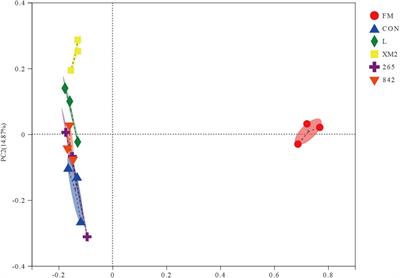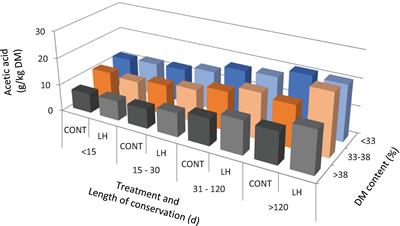ORIGINAL RESEARCH
Published on 16 Dec 2021
Effects of Phenyllactic Acid, Lactic Acid Bacteria, and Their Mixture on Fermentation Characteristics and Microbial Community Composition of Timothy Silage

doi 10.3389/fmicb.2021.743433
- 4,000 views
- 13 citations











